10 Canon 400mm lenses joined to make telescope array to view distant galaxies
The Huntsman Telescope in Australia combines the light-gathering power of an arsenal of Canon EF 400mm f/2.8 lenses
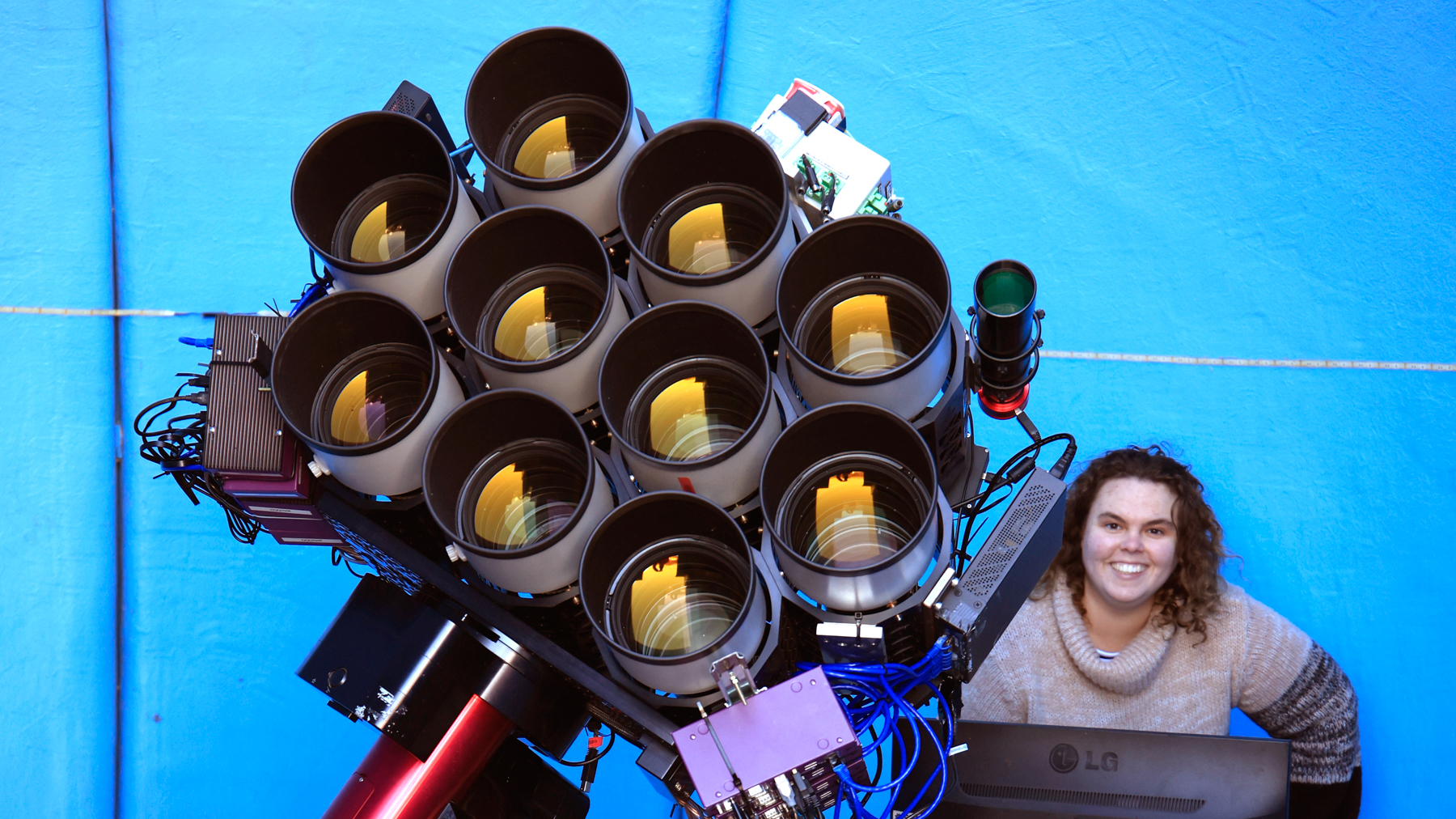
A set of Canon EF 400mm f/2.8L IS II supertelephoto lenses has been turned into a unique telescope to study ultra-faint galaxies and astronomical objects in the southern sky. The Huntsman Telescope is the only one of its type in the southern hemisphere and the project has been developed by Macquarie University’s School Of Mathematical & Physical Sciences with Australian Astronomical Optics Macquarie (both of which are part of the Sydney-based university's Faculty Of Science And Engineering).
The Huntsman concept was inspired by the Dragonfly Telephoto Array which also uses Canon’s 400mm f/2.8L supertelephoto, but now has two banks of 24 lenses. It was developed by the University Of Toronto and is installed in New Mexico, USA.
The telescope’s primary task is to help determine what might happen should the Milky Way have a head-on collision with its neighbor, the Andromeda Galaxy – an event theorized to occur in 4.5 billion years.
“The Huntsman Telescope is pioneering the way in which we view our southern skies by capturing images of the faintest galaxy structures that conventional telescopes simply couldn’t,” says Dr Lee Spitler, the Principal Investigator of the Huntsman Telescope.
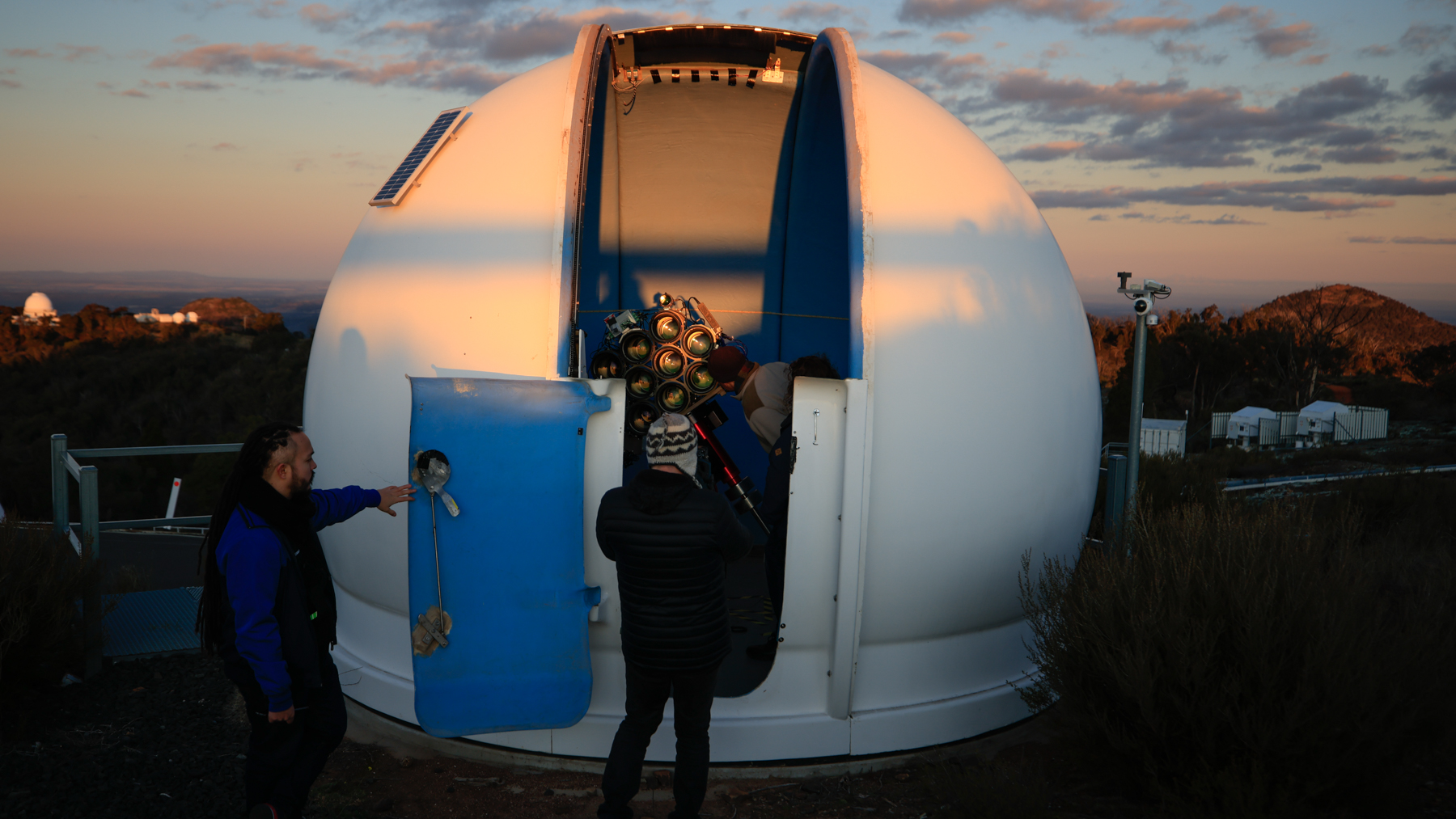
“The ability to observe the remnants of galaxies colliding with each other and searching for the faintest and smallest galaxies in the universe will help us understand the potential fate of the Milky Way in the far distant future.”
The Huntsman Telescope has been installed at the Siding Spring Observatory near Coonabarabran in New South Wales. Due to its location on the divide between the Central West and North West Slopes regions of NSW, Coonabarabran is ideally suited for star-gazing and has become known as the astronomy capital of Australia. The Huntsman Observatory is situated on the top of Mount Woorat – at 1,165 metres above sea level – in the Warrumbungle National Park.
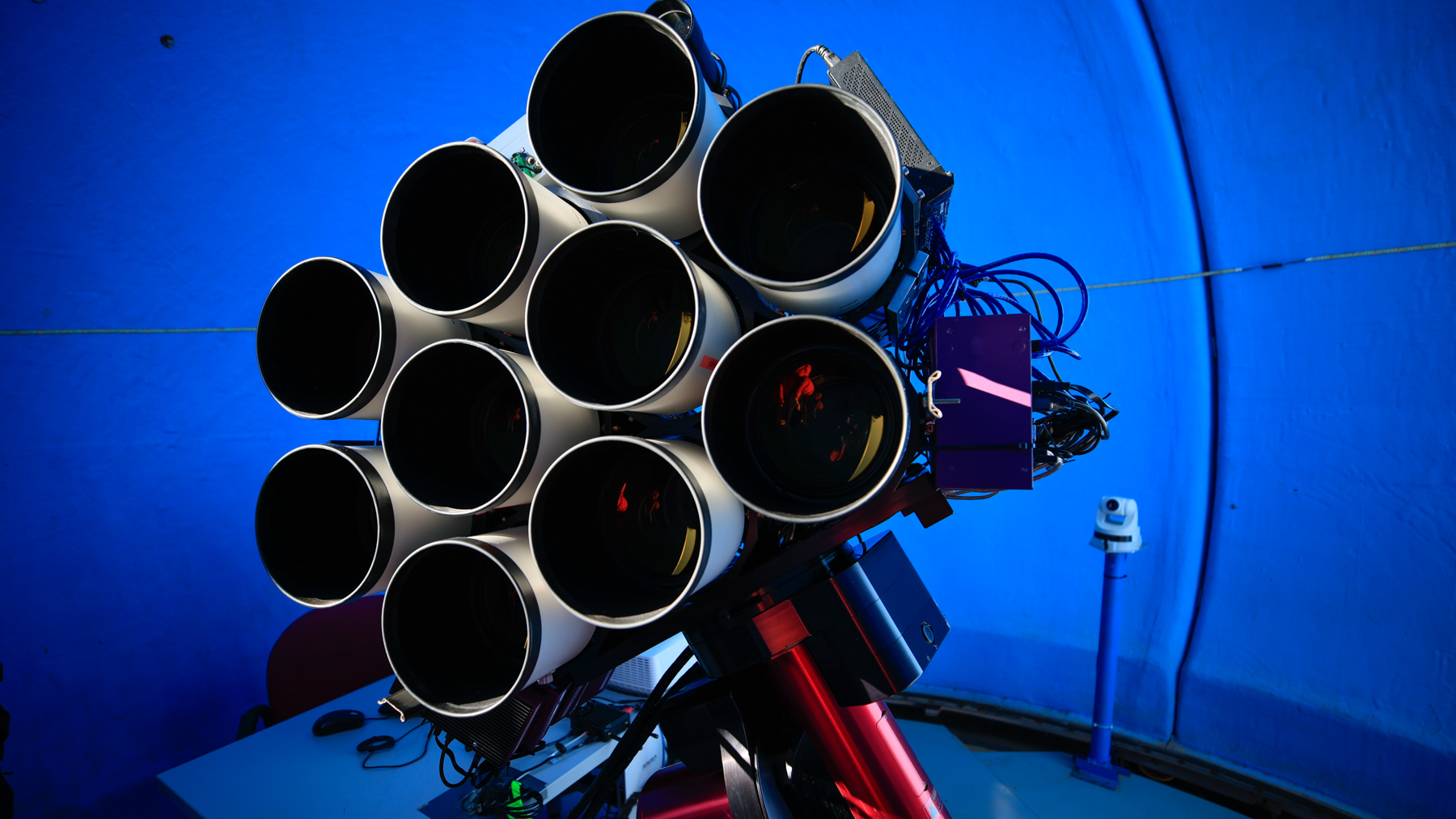
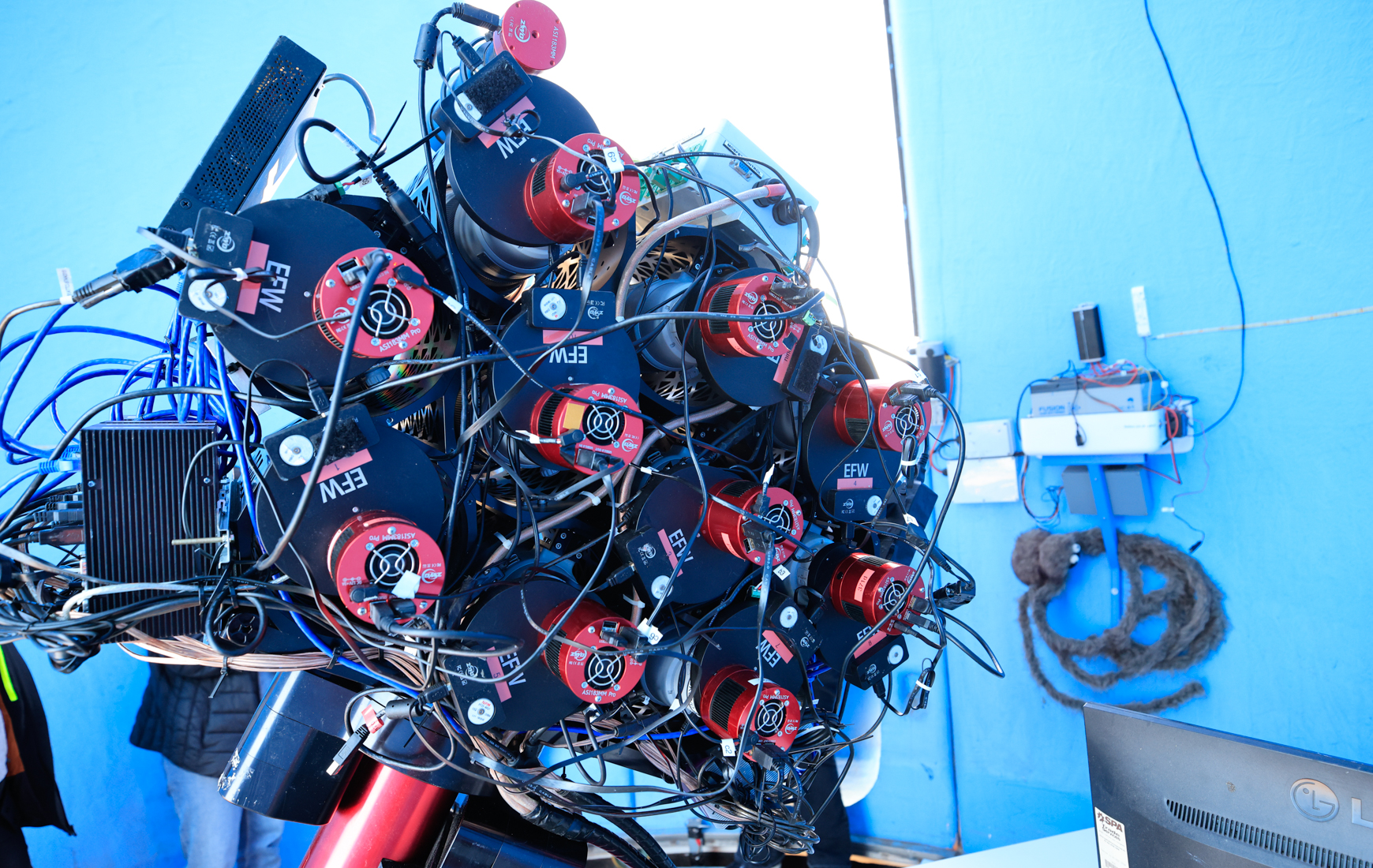
The 10 Canon EF 400mm f/2.8L telephotos are exactly as might be purchased at a camera store and were selected for their anti-reflection properties derived from Canon’s patented nano-fabricated coatings with sub-wavelength structures on optical glass. An array of multiple coated lenses is considered a superior alternative to a conventional mirror telescope where tiny imperfections in the polished surface can introduce subtle errors that ruin the faint, extended structures surrounding galaxies.
Get the Digital Camera World Newsletter
The best camera deals, reviews, product advice, and unmissable photography news, direct to your inbox!
Additionally, each lens in the array is equipped with a single monolithic wide-field detector covering six square degrees. With multiple redundant lines of sight, the Huntsman Telescope is able to achieve extremely accurate modeling of the night sky emission and produce ultra-clear renderings of the universe.
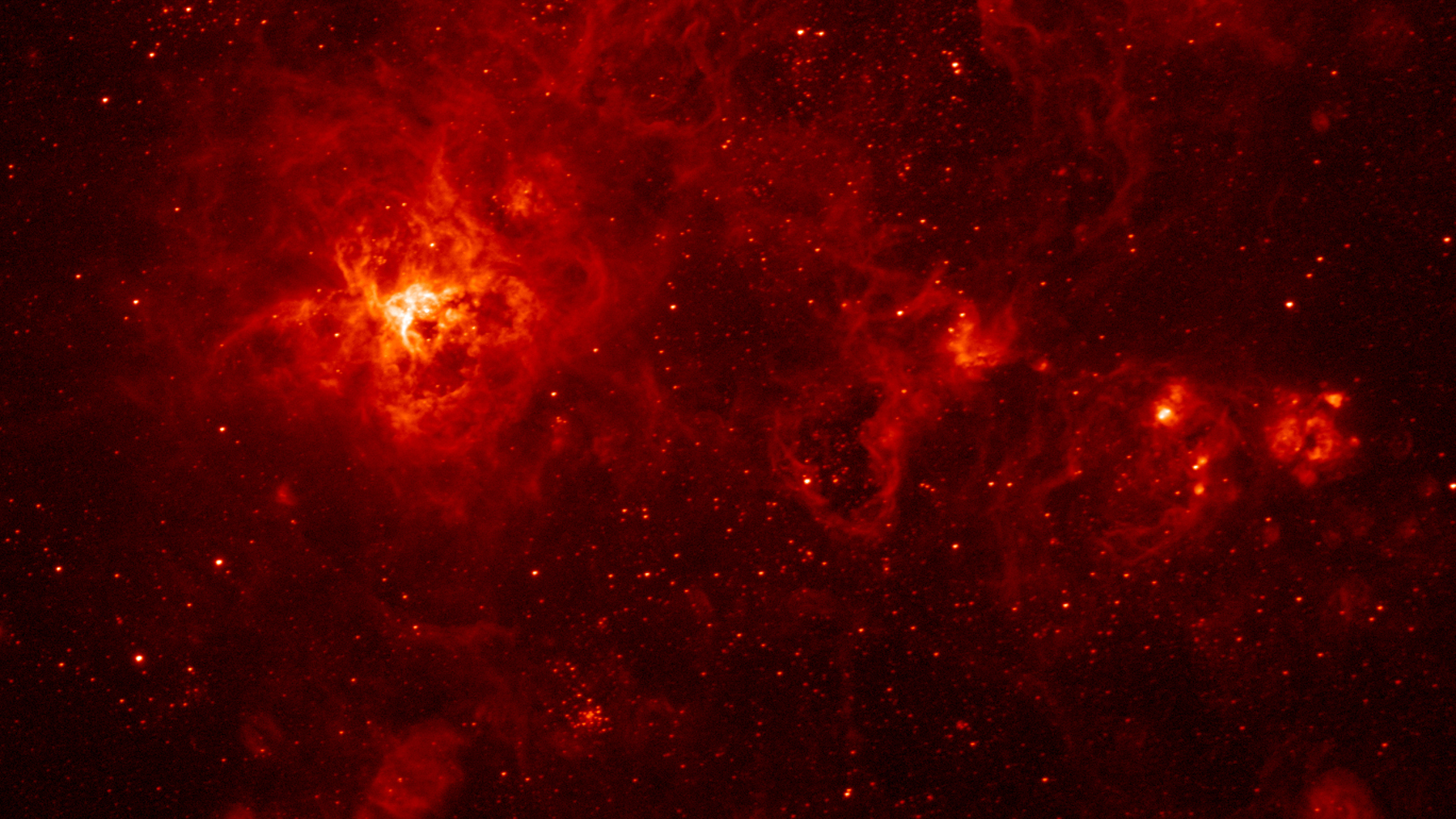
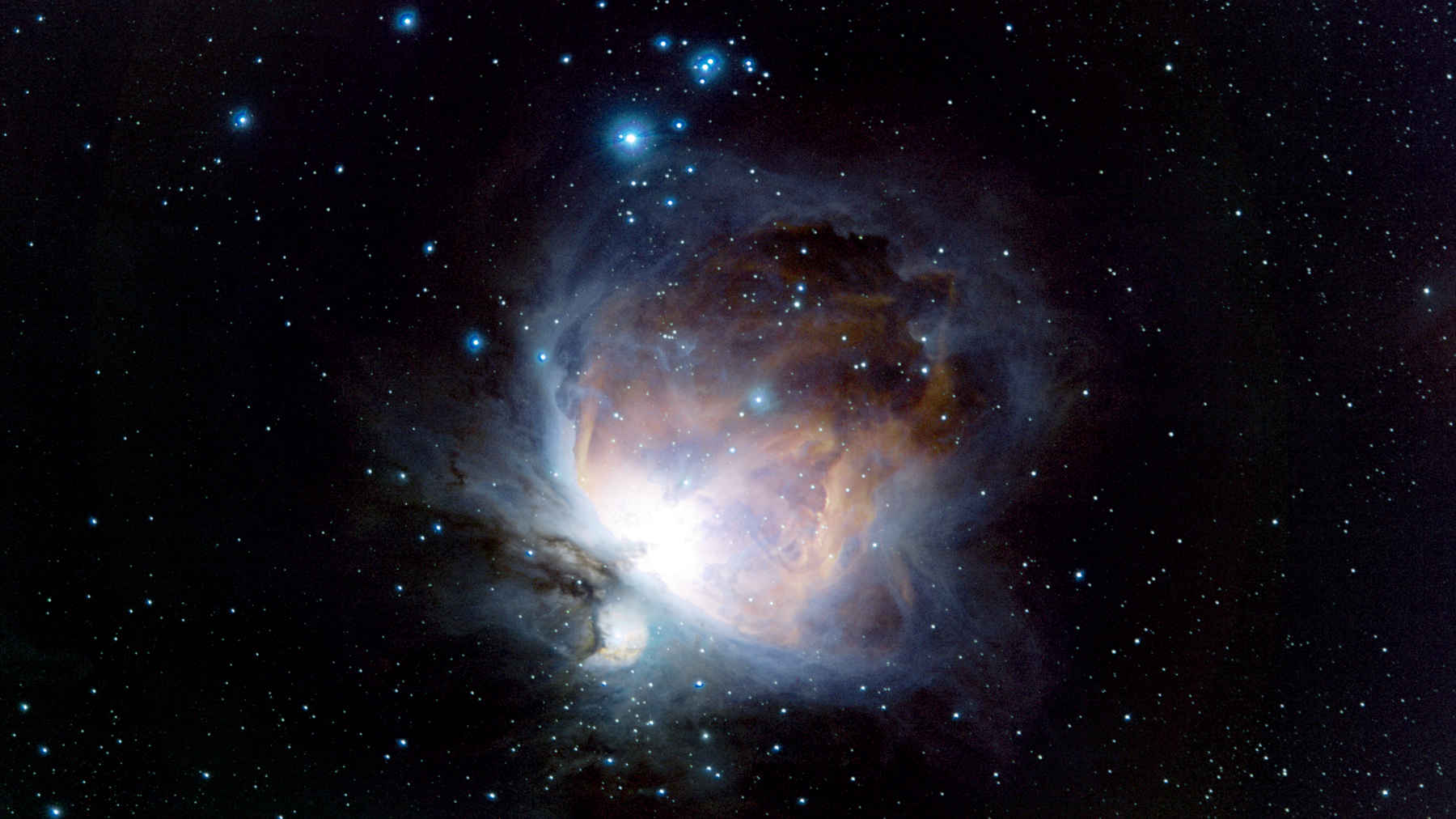
Sarah Caddy is part of the telescope’s nine-member technical and science team and also a PhD student at the School Of Mathematical And Physical Sciences at Macquarie University. She notes that what’s been learned from the Dragonfly Array program and the concept of combining multiple EF 400mm f/2.8L IS II supertelephoto lenses will enable the Huntsman Telescope to scale up to the needs of scientists in the future. The Dragonfly Array started out with eight lenses in 2013, which then increased to 10 and then, in 2016, further expanded to the twin clusters of 24 in use now.
“The Huntsman’s new suite of powerful computers enables each lens or ‘eye’ of the Huntsman to operate independently of each other,” Sarah explains. “This will allow the telescope to autonomously detect ultra-fast transient events like stellar flares from distant stars, or even more exotic phenomenon like aiding the search for the origin of fast radio bursts that continue to elude astronomers.”
Read More:
Best cameras for astrophotography
Best CCD cameras for astrophotography
Best telescopes for astrophotography
Best Canon telephoto lenses
Best budget telephoto lenses
Astrophotography tips

Paul has been writing about cameras, photography and photographers for 40 years. He joined Australian Camera as an editorial assistant in 1982, subsequently becoming the magazine’s technical editor, and has been editor since 1998. He is also the editor of sister publication ProPhoto, a position he has held since 1989. In 2011, Paul was made an Honorary Fellow of the Institute Of Australian Photography (AIPP) in recognition of his long-term contribution to the Australian photo industry. Outside of his magazine work, he is the editor of the Contemporary Photographers: Australia series of monographs which document the lives of Australia’s most important photographers.
